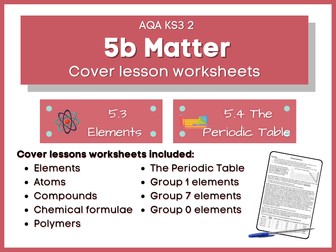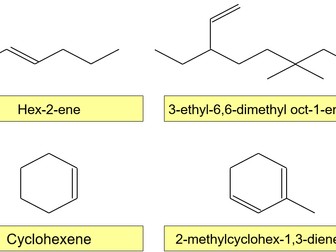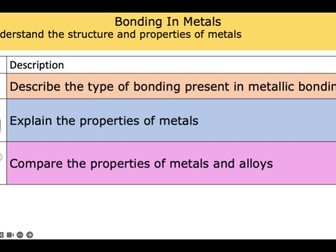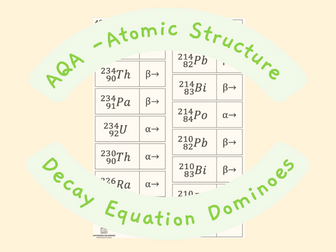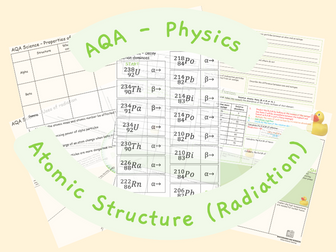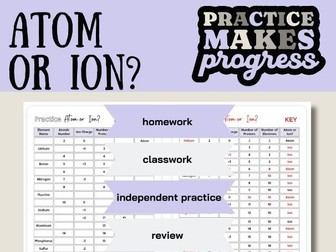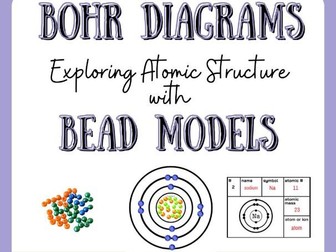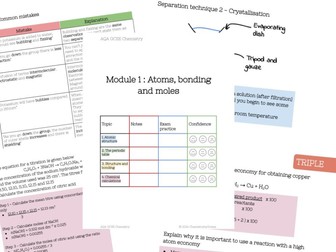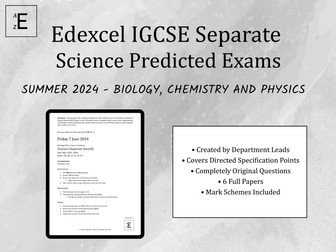Bundle

Activate 2 Elements and the Periodic Table Cover lessons
Elements and the Periodic Table (Cover lessons) contains 9 ready-to-use cover lessons designed to help Year 8 students work independently and develop their understanding of atoms, elements, compounds, chemical formulas, the Periodic Table structure, and property trends in Groups 1, 7, and 0 through clear explanations and engaging activities. Ideal for unexpected staff absences.
These lessons cover the content from the AQA KS3 5.3 Elements and 5.4 The Periodic Table topics and the Activate 2 (OUP) 5b: Matter chapter.
Each resource includes:
● Teacher guide (Page 1): Clear instructions on what to print (answer sheet & student worksheet) and any additional resources needed (e.g., graph paper, coloured pencils).
● Answer sheet (Page 2): Provides answers to all student worksheet questions, allowing cover teachers to assist students.
● Student worksheet (Pages 3 & 4 - back-to-back):
○ Clear instructions and explanations guide students through the learning objectives independently.
○ Engaging activities and thought-provoking questions promote active learning and understanding.
○ Fully editable - easily adapt the resource to fit the specific needs of your students and the time available.
Benefits:
● Minimal prep: Saves valuable time by providing a complete and ready-to-use lesson resource.
● Independent learning: Allows students to work independently, minimising disruption.
● Fully editable: Easily modify the resource to fit the specific needs of your students.
● Answers: Detailed answer sheets provide guidance for the cover teacher.
If you require more assistance, please contact me at-
info@cmgsciencelessons.com
